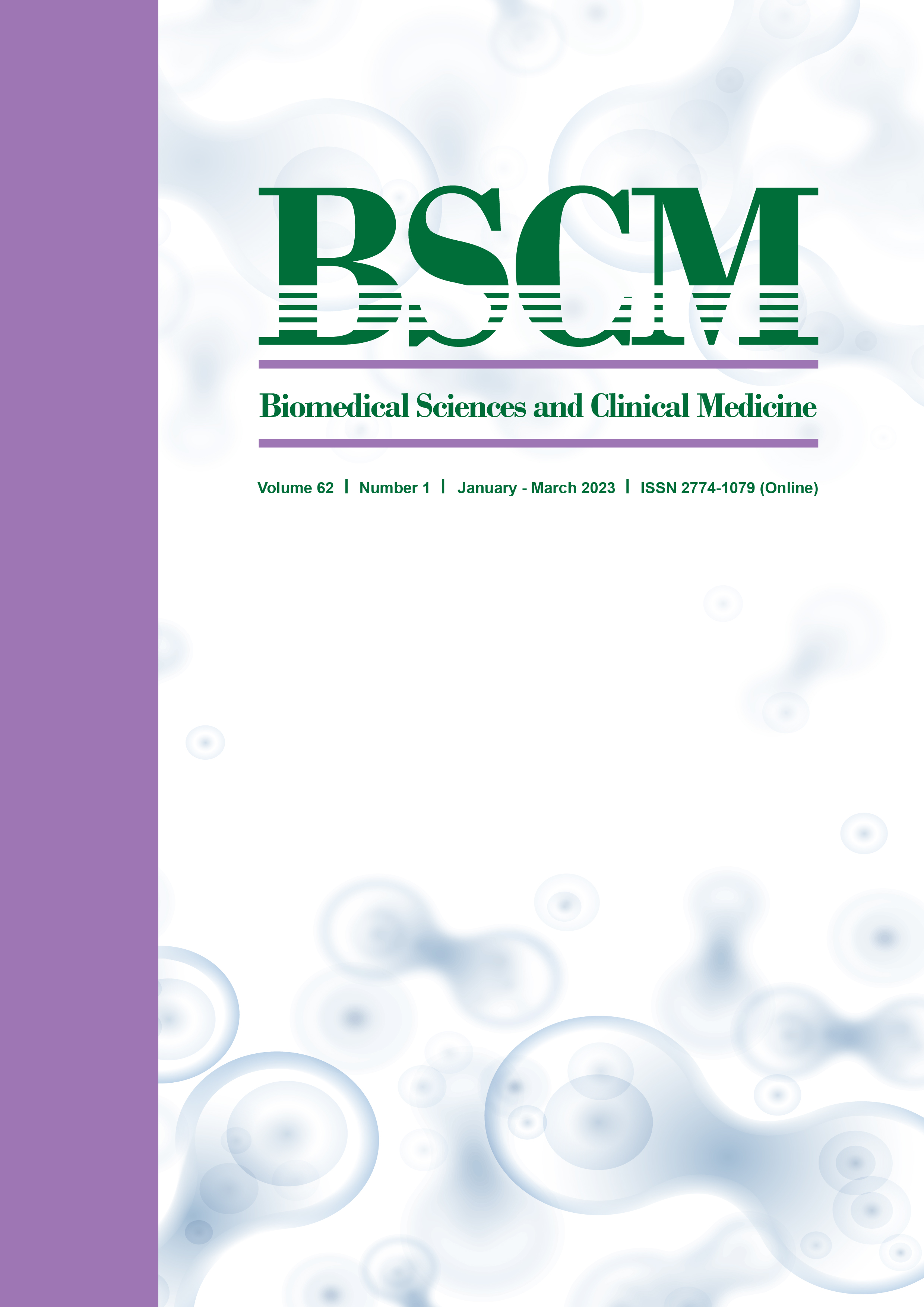Association of Liver Function Serum Markers and Unfavorable Outcomes in Traumatic Liver Injury Patients
Main Article Content
Abstract
Objective To evaluate serum markers in liver function tests (LFT) at various intervals after traumatic liver injury to identify serum markers associated with unfavorable outcomes.
Methods A retrospective cohort analysis was conducted of trauma center patients older than 18 years with traumatic liver injury. Liver function test (LFT) results of patients with favorable and unfavorable outcomes were compared at different post-injury time points. Statistical significance was established as p-value less than 0.05.
Results Of the 206 patients with severe liver injuries in the unfavorable outcome group, 119 (57.8%) needed intervention. Aspartate amino-transferase (AST) and alanine transaminase (ALT) were seen to increase in correlation with injury severity at initial admission. On days 1-5 and 6-10 after admission, the unfavorable outcome group had a slower decline in AST. In the unfavorable group, total bilirubin (TB) and direct bilirubin (DB) levels rose significantly 5 days after the injury and were higher than normal with a higher odds ratio (OR) of unfavorable outcome 11-15 days after injury in multivariable analysis [OR (95% confidence intervals): 2.7 (1.02-7.37) and 6.9 (1.08-44.14), respectively].
Conclusions Liver function tests can help identify individuals at risk for traumatic liver injury complications. Elevated levels of TB and DB are statistically significantly associated with adverse outcomes, particularly after day 5 following the injury. Early repeating LFT in first five days after injury may be less beneficial in determining patient risk. Blood test results may be affected by the amount of fluid resuscitation, particularly on the first day of admission in cases of high- grade injuries.
Article Details

This work is licensed under a Creative Commons Attribution 4.0 International License.


